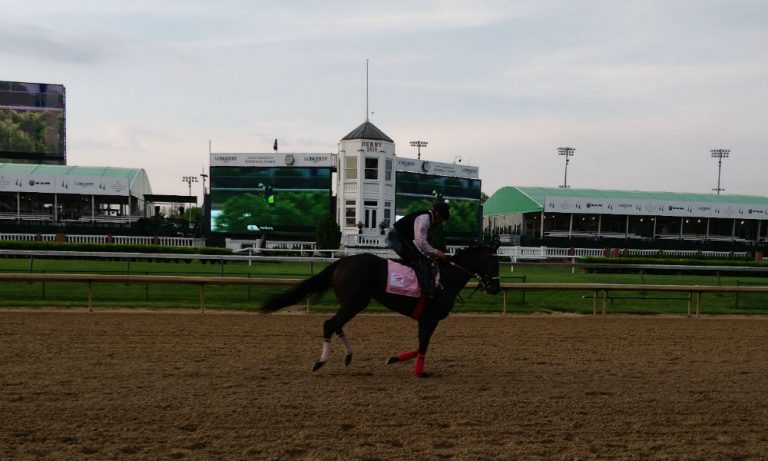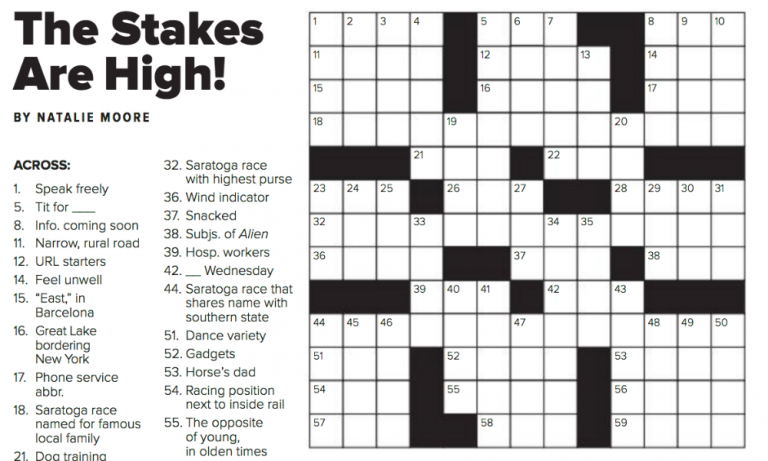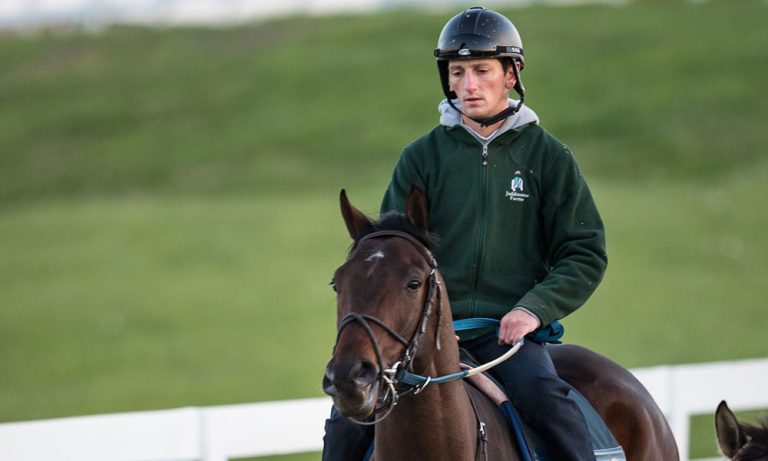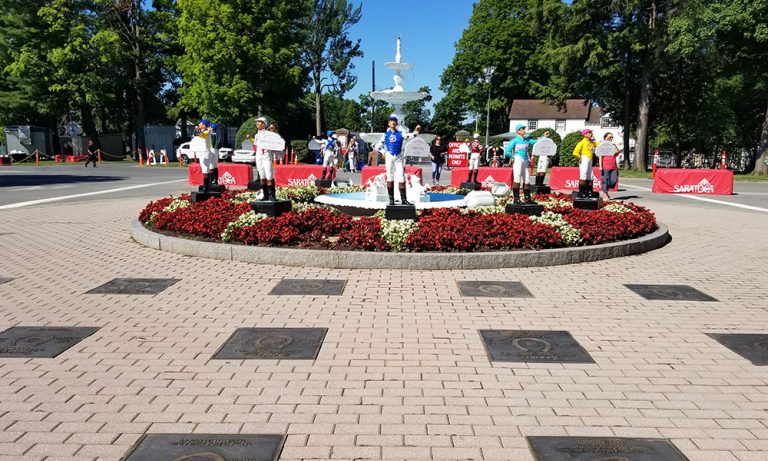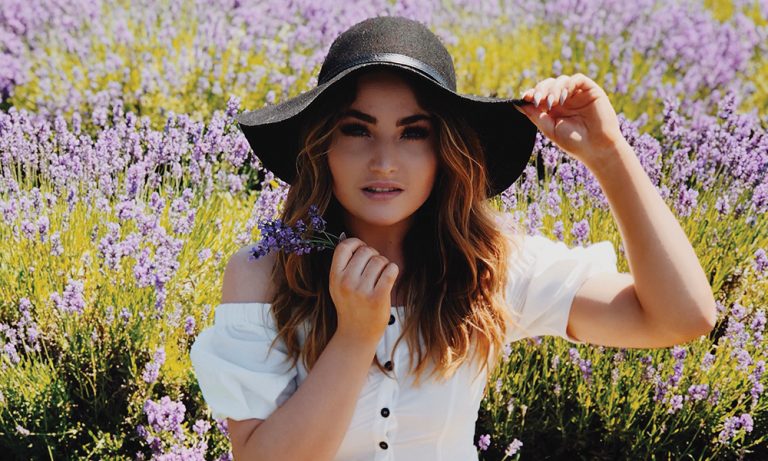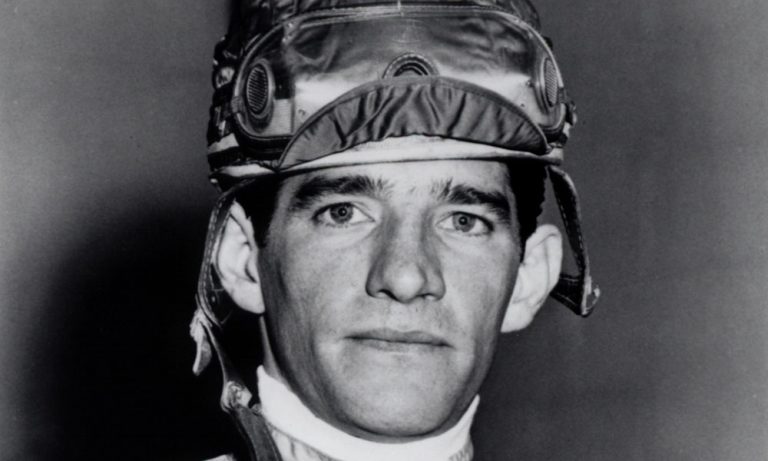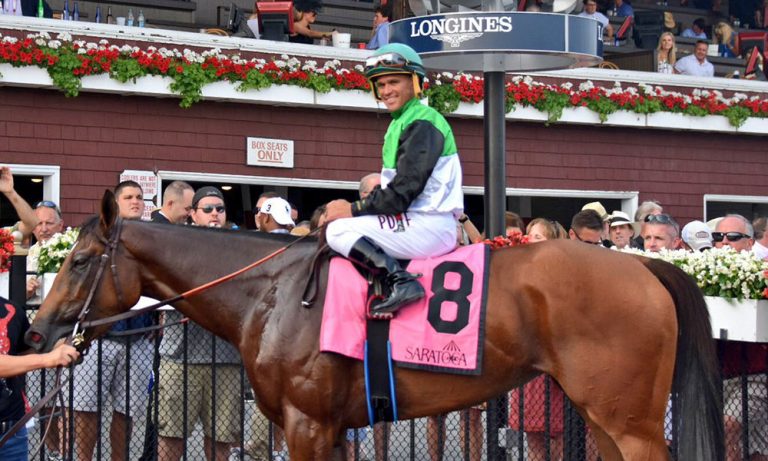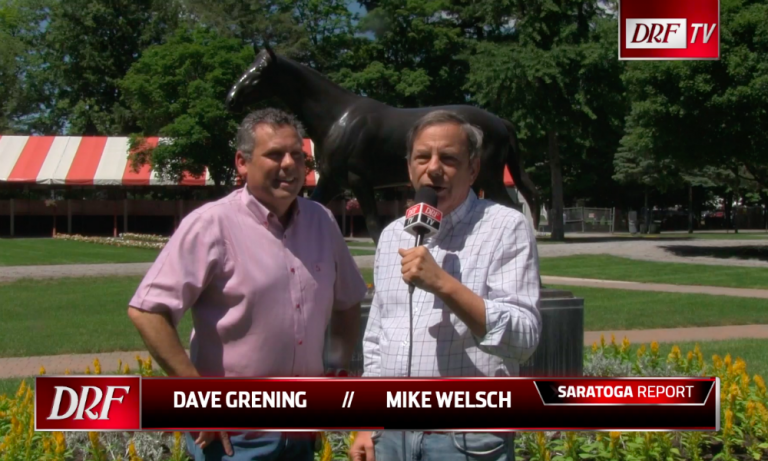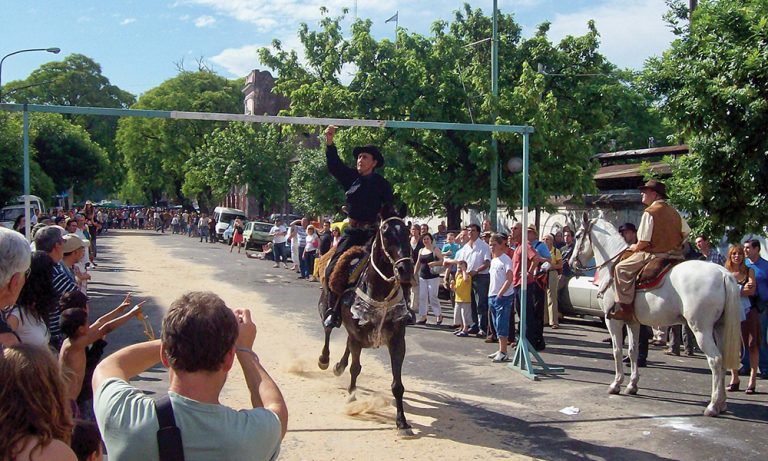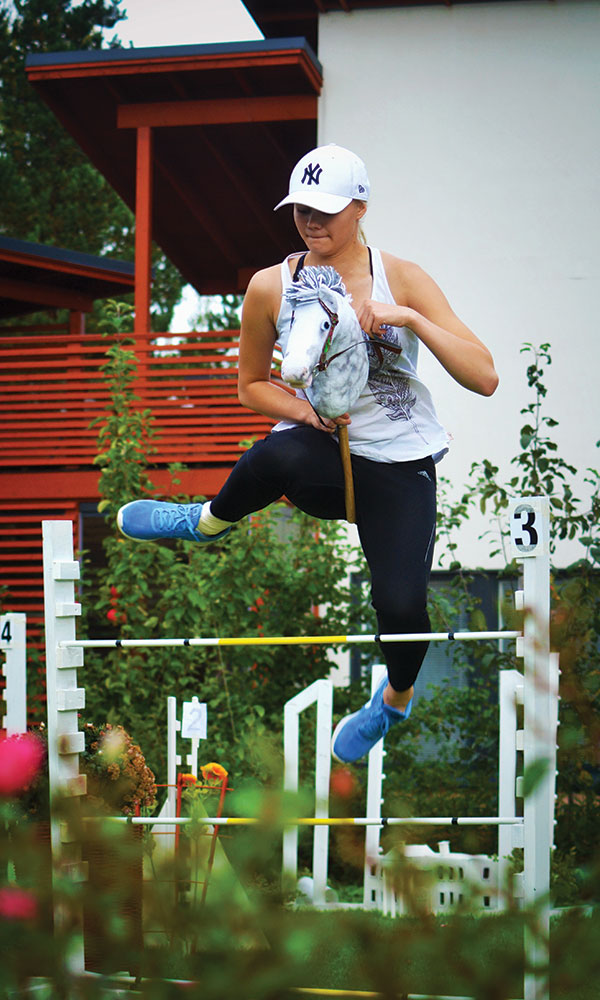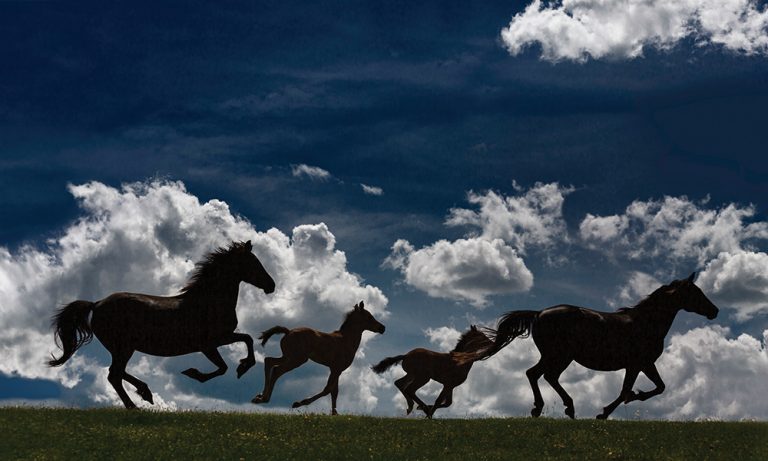Though he runs multiple horses in graded stakes quite frequently, owner Sol Kumin said it will be a little different Sunday when Monomoy Girl and Midnight Bisou square off in the Grade 1, $300,000 Coaching Club American Oaks at Saratoga.
Kumin owns a 50 percent interest in Monomoy Girl, a filly he purchased with Mike Dubb as a yearling and who has gone on to win seven of eight starts, including the Kentucky Oaks. Kumin also purchased a 25 percent interest in Midnight Bisou following her third-place finish in the Kentucky Oaks. In her first start with Kumin on board, Midnight Bisou rolled to a six-length victory in the Grade 2 Mother Goose.
“If you own the majority of two and there’s two good races, of course you’d rather keep them apart,” Kumin said by phone Thursday. “This race came up to be the one where both these trainers felt like it made the most sense, and they’re going to run against each other.”
Monomoy Girl, trained by Brad Cox, is the leader of the 3-year-old filly division, with Grade 1 victories this year in the Acorn at Belmont, Ashland at Keeneland, and Kentucky Oaks at Churchill, along with a win in the Grade 2 Rachel Alexandra at Fair Grounds. Midnight Bisou won three graded stakes when based in Southern California with Bill Spawr, including the Grade 1 Santa Anita Oaks. Midnight Bisou was transferred to Steve Asmussen following the Kentucky Oaks, and he prepared her for the Mother Goose.
“I don’t want to say it’s uncomfortable because it’s part of racing, but it’s going to be hard,” Kumin said. “I’m probably going to sit by myself with my kids and try not to be around anyone.
“It doesn’t happen that often when you’re in a spot where you feel a little weird, but it happens. Two weekends ago, for the Belmont Derby and Belmont Oaks, I had four in the Oaks and three in the derby with seven different trainers.”
Kumin is a co-owner of Catholic Boy, who won the Belmont Derby, but said he felt bad for his partners in My Boy Jack, who ran next to last.
Kumin ranks Monomoy Girl as the second-most-special horse he has owned, behind only Lady Eli, the champion female turf horse of 2017, who battled back from a life-threatening disease to return to Grade 1 glory.
“Monomoy Girl is probably my favorite horse in the stable right now,” Kumin said. “Bought her as a baby, Brad Cox’s first Grade 1 win, first horse [bloodstock agent Liz Crow] ever signed a ticket for, and Oaks winner.”
Kumin believes that a victory by Monomoy Girl on Sunday could virtually cement an Eclipse Award for her. A victory by Midnight Bisou opens the door for a competition the remainder of the year.
“If Bisou wins, I still think Monomoy Girl is probably in the driver’s seat,” Kumin said. “But if Bisou goes ahead and wins and wins the Alabama, it’s a different picture, probably.”
Monomoy Girl is not pointing to the Alabama. Her schedule will include the Grade 1 Cotillion at Parx on Sept. 22 and the Breeders’ Cup Distaff at Churchill on Nov. 3.
Midnight Bisou is pointing to the Alabama here on Aug. 18, and then it remains to be seen where or if she would start before the Breeders’ Cup.
A field of five was entered Thursday for the Coaching Club American Oaks. Joining Monomoy Girl and Midnight Bisou in the starting gate will be Eskimo Kisses, second to Monomoy Girl in the Ashland; Chocolate Martini, who beat Eskimo Kisses in the Grade 2 Fair Grounds Oaks; and Gio Game, third in the Acorn.
This story originally appeared on DRF.com.
Visit DRF.com for additional news, notes, wagering information, and more.

